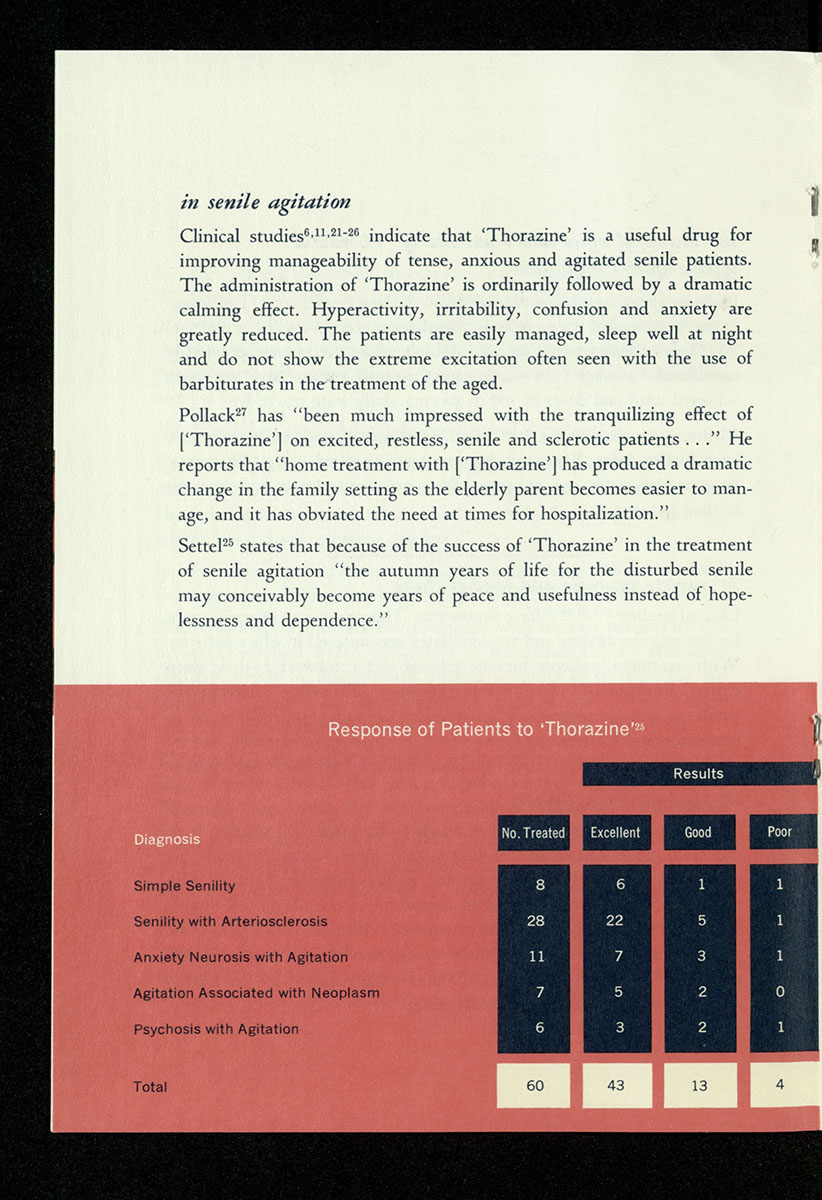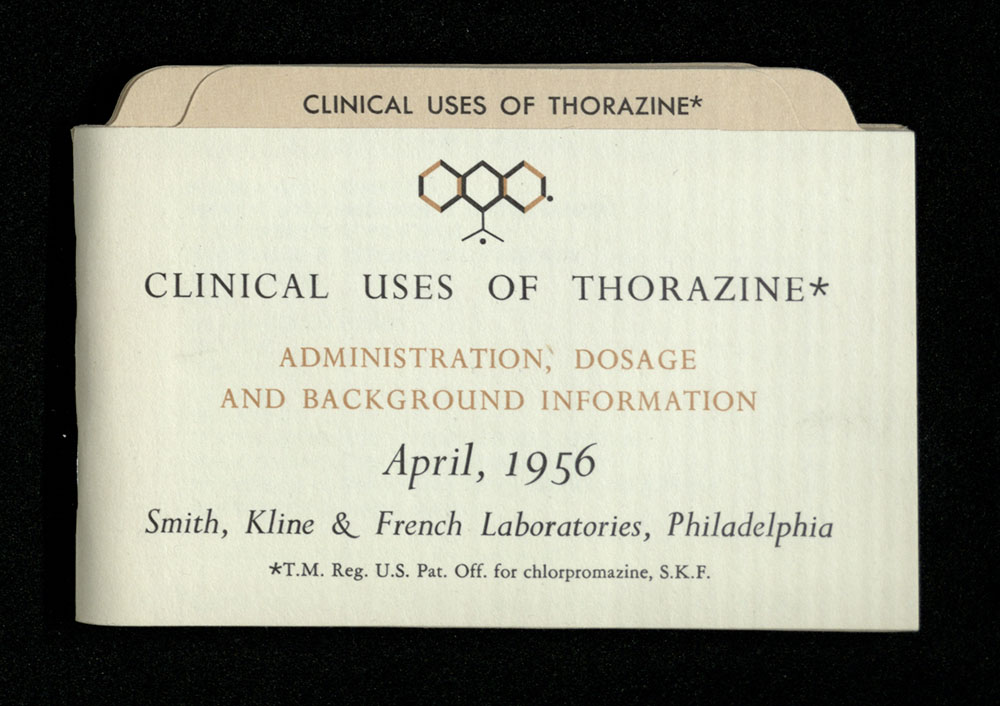– by Patrick Magee, Visitor Services/Gallery Associate
Welcome back to another issue of #MedievalMedicineMonday! On Mondays, Visitor Services/Gallery Associate Patrick Magee will be exploring the depths of medieval botanical medicine as depicted by woodcuts found in our early printed books. This week is a little different – although there is a theme of medical treatment changing over time present across all #MedievalMedicineMonday posts, for now the focus will be on a more recent time in history that perhaps just feels medieval to certain readers – the 1950s.
There is a lot that has changed about mental health treatment since witches were being burned at the stakes. Often times, supernatural or religious-adjacent explanations were given to perfectly human conditions, and this resulted in a misunderstanding of how society should treat people who simply operate differently. For example, in mid-5th century Britain, phenomena such as seizures were hand-waved away and explained as “elf sickness” (Bosner). One century’s witch would later become another century’s institutionalized child, and people became victims of the mindsets held in eras during which they dared to be born differently (JSTOR Daily).
Even over the last 75 years, the fields of mental health research and treatment have seen constant strides in and re-evaluations of activity, and the Historical Medical Library sheds some light on the early days of this via medical journals and published studies. This recent-history phenomenon is perhaps most thoroughly exemplified by Smith, Kline & French Laboratories’ pamphlet on Thorazine.
Thorazine is a medication that was initially used to treat “mental and emotional disturbances” in a somewhat general sense. As described in the above pamphlet, the drug “exhibits a selective inhibitory effect on the functions of the central nervous system, particularly in the sphere of psychomotor and emotional activity.” The drug was marketed as a key element in making psychiatric treatment effective, like something of a catalyst meant to make lifestyle changes and psychotherapy easier for patients to engage with. To quote the rather blunt wording of the pamphlet once again, “Thorazine helps to keep patients out of mental hospitals.”
Observant readers might have already noticed that Smith, Kline & French Laboratories’ name sounds rather familiar – that is, of course, because we now have prescription manufacturer Glaxo Smith Kline (Our History). Secondly, one of the highlighted taglines in the Thorazine pamphlet says the quiet part loud, with the wording making it clear that mental hospitals were viewed poorly by society, used as something of a threat or last resort in this case. One thing is for certain: the product is no longer on the market in its original and named form, although in circumstances such as operations it may be administered by medical professionals (Thorazine oral: Uses, side effects, interactions, pictures, warnings & dosing). This shows us that something considered a top-of-the-line treatment for the restlessness and anguish in not-so-distant-history has been eschewed in favor of other more targeted and effective treatments over time.
Modern medicine has allowed for the development of expansive ranges of treatment for mental health conditions across the spectrum, all backed by thorough research, meaning that mental hospitals don’t enter the discussion quite so easily and early. Medication is considered one part of a healthy mental health treatment strategy, and specific types of mental health counseling are available based on circumstance. Although accessibility is often still a barrier to treatment for many, mutual aid programs and community organizations work very hard to make quality treatment available to all, with a common aim being the reduction of unnecessary institutionalization like the kind mentioned in the “Thorazine” pamphlet (Mental Health Medications).
Works cited
Bonser, Wilfrid. “Magical Practices against Elves.” Folklore, vol. 37, no. 4, 1926, pp. 350–363. JSTOR, www.jstor.org/stable/1256144. Accessed 9 Feb. 2021.
JSTOR Daily. 2021. What Caused the Salem Witch Trials? | JSTOR Daily. [online] Available at: <https://daily.jstor.org/caused-salem-witch-trials/> [Accessed 9 February 2021].
“Mental Health Medications.” National Institute of Mental Health, U.S. Department of Health and Human Services, www.nimh.nih.gov/health/topics/mental-health-medications/index.shtml.
Our history. (n.d.). Retrieved February 09, 2021, from https://www.gsk.com/en-gb/about-us/our-history/.
Thorazine oral: Uses, side effects, interactions, pictures, warnings & dosing. (n.d.). Retrieved February 09, 2021, from https://www.webmd.com/drugs/2/drug-9543/thorazine-oral/details.


